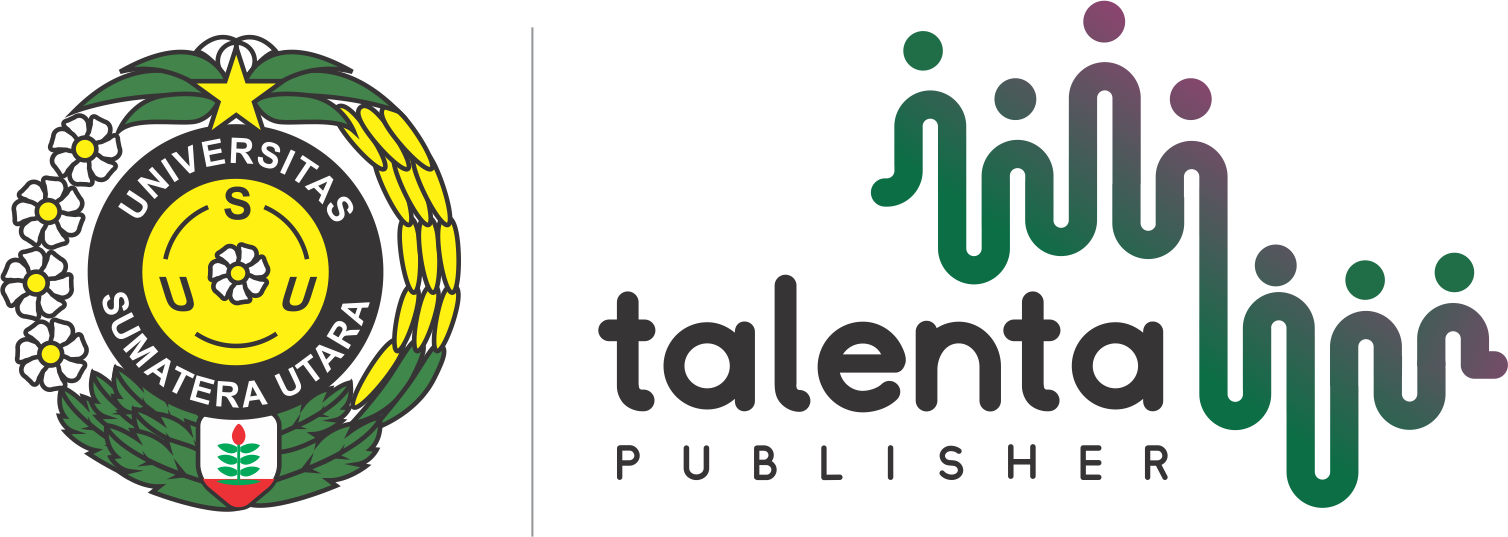Communicative Translation Strategy for Tourism Promotion Content: Analysing Text of Pesona Indonesia and Wonderful Indonesia Websites
| Authors | ||
| Issue | Vol 8 No 3 (2025): Talenta Conference Series: Local Wisdom, Social, and Arts (LWSA) | |
| Section | Articles | |
| Section |
Copyright (c) 2025 Talenta Conference Series  This work is licensed under a Creative Commons Attribution-NonCommercial-NoDerivatives 4.0 International License. |
|
| Galley | ||
| DOI: | https://doi.org/10.32734/lwsa.v8i3.2503 | |
| Keywords: | translation tourism promotion text analysis | |
| Published | 2025-06-02 |
Abstract
This research explores the application of communicative translation strategies in promoting Indonesian tourism through digital platforms. This research addresses the challenge of changing tourism content, which involves preserving cultural meaning while attracting an international audience. The main objective is to identify and analyze communicative translation strategies used in the English translation of promotional content for the Indonesian tourist destination, namely Raja Ampat, based on Newmark's theory. This research uses a qualitative descriptive method with a case study approach. The data used is Indonesian to English translation text containing promotions of the Raja Ampat tourist destination from the official Pesona Indonesia and Wonderful Indonesia websites. Translated texts are categorized into units of analysis such as phrases and sentences. These units are examined to identify the procedures used in communicative translation resulting in content such as modulation procedures, descriptive equivalents, functional equivalents, cultural equivalents, notes and shifts. The findings show that modulation is the most frequently used strategy because it reflects the application of adjusting the perspective to align with the cultural and linguistic norms of the target audience. Descriptive similarities and functional similarities are also prominent ensuring clarity and accessibility for international readers. Less frequently used strategies are cultural equivalence and concealment, used in gradients to deal with culturally specific terms. This study concludes that communicative translation strategies play an important role in creating interesting and culturally engaging content, as well as effectively bridging languages to promote Indonesia's tourism appeal globally.






